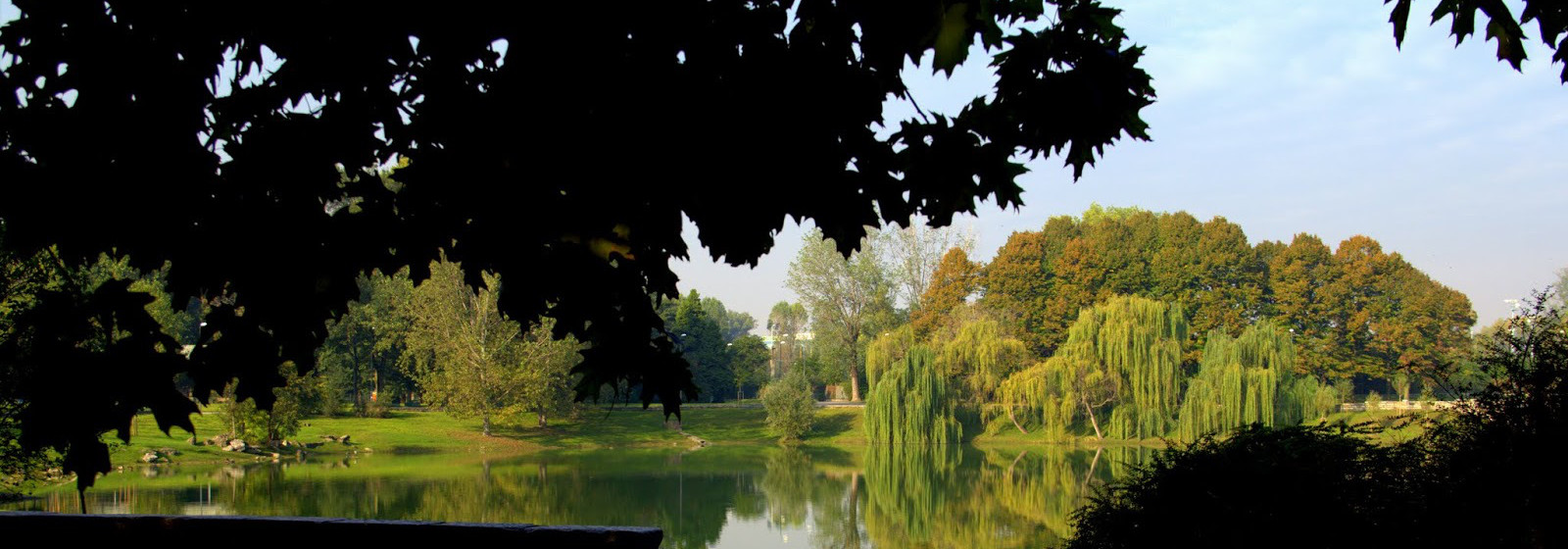
Forlanini Park
This post is also available in:
 Italiano (Italian)
Italiano (Italian)
Forlanini Park is in Milan, close to the long avenue with the same name, in front of Linate airport. It’s a big green area plunged into a rural landscape and designed for sports and leisure activities. The park stretches east to the Municipality of Segrate and west to the Lambro River. It was designed by architects Mercandino and Beretta as a testament to the countryside of Lombardy, and as an “urban void” similar to “a huge theatrical space” where rural life creates a striking contrast with the surrounding industrial one.
The park was opened in 1970 after three years of work that enhanced the secular structure of the agricultural countryside as portrayed in the Teresian Land Registry of 1760.
It was named after Enrico Forlanini (1848-1930), a famous Italian engineer, inventor and aeronautical pioneer in the field of airships.
The green space features a simple layout with large agricultural areas, tree-lined and paved avenues, huge lawns created mainly along Viale Forlanini and the Eastern ring road, and embellished with many trees of single species, belonging both to evergreen and deciduous varieties. To the North-East, there’s the Salesina Lake which, due to the abundant vegetation, offers a suitable habitat for many birds and fish.
The creation of this park dramatically improved the survival of some structures of historical and aesthetic interest such as Mulino Codovero, and several ancient farmhouses.
In 2002, the “beech forest” was completed, commemorating the 118 victims of the plane crash which occurred at Linate airport in October 2001.
The main tree species include acers (Acer campestre, A. negundo, A. platanoides, A. saccharinum), European nettle trees (Celtis australis), Atlas cedars (Cedrus atlantica), several species of elms (Ulmus carpinifolia and U. laevis), London plane trees (Platanus x acerifolia), pines (Pinus strobus and P. wallichiana), white and black poplars (Populus alba and P. nigra), cottonwood poplars (Populus nigra “Italica”), several types of oaks (Quercus coccinea, Q. palustris and Q. rubra), lime trees (Tilia spp. ), and even sophoras (Sophora japonica).
On the lakeshore, there is a lot of bulrush (Typha latifolia) – a protected species which offers the perfect habitat to waterbirds and fish.
The link with water has always been extremely prominent in this area: the deteriorating Lambro River (which runs along the west side of the park, although it’s hidden by the trees and its very high embankment) still represents an important connection with the parks in the eastern belt of Milan and it’s a vital part of local agriculture to which Forlanini Park is clearly inspired.
Several tracks on the ground are what’s left of old canals, while other similar waterways are still active and serve the local artificial irrigation system of the very fields which are enclosed in the park. On the North-East side of the latter, there is the Salesina lake, fed both by groundwater and rainwater.
Text and photo source:
https://www.comune.milano.it/aree-tematiche/verde/verde-pubblico/parchi-cittadini/parco-enrico-forlanini
https://www.moomhotel.com/tre-motivi-per-scegliere-il-parco-forlanini/
This post is also available in:
 Italiano (Italian)
Italiano (Italian)
Contatti
20134 Milano(MI)
Altre info
sempre aperto; ingresso libero e gratuito
